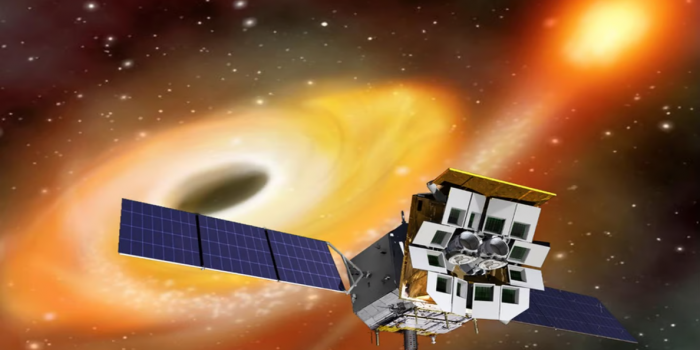The world’s first “lobster eye” space telescope, which will allow researchers to precisely record X-ray images of the universe, has passed testing in China.
According to a research published in the peer-reviewed journal The Astrophysical Journal Letters, the Lobster Eye Imager for Astronomy (LEIA), the 53 kg (117 lb) telescope, acquired high-quality images of X-ray sources in the universe.
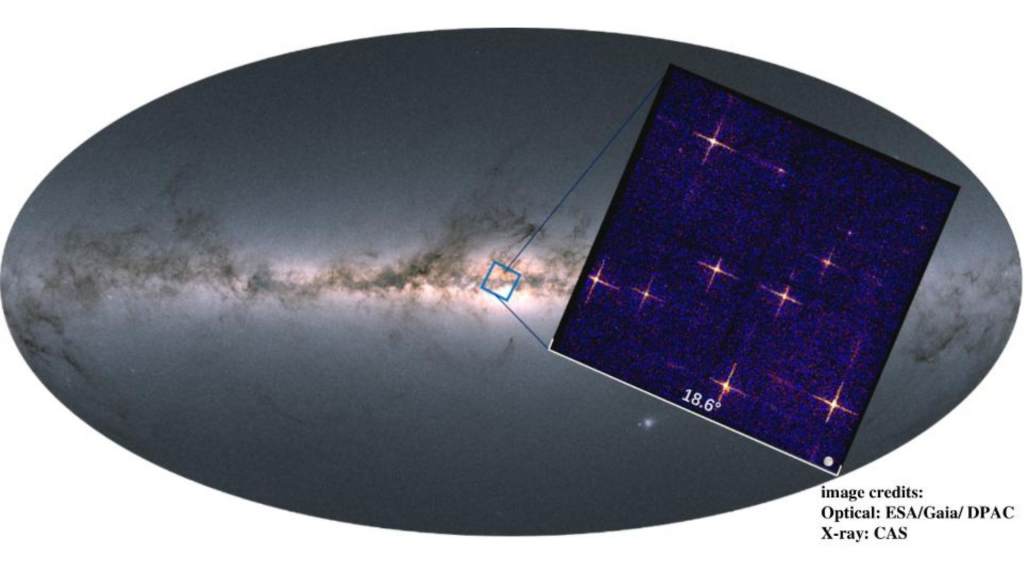
“We are very excited about LEIA’s results. They’ve shown that our technology works and the observation precision exceeded our expectations,” said astrophysicist Yuan Weimin, the mission’s chief scientist from the National Astronomical Observatory in Beijing.
The telescope captured the center of our galaxy, the Magellanic Clouds and the Scorpius constellation, at a distance of 500 km (310 miles) above the Earth.
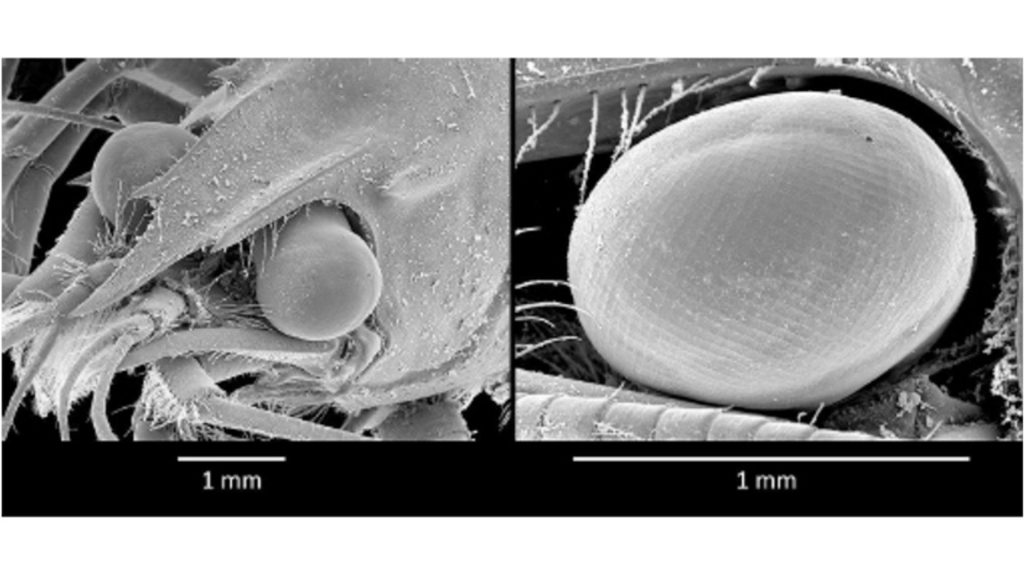
The LEIA technology will be used by the Einstein Probe, a larger telescope being developed by Chinese and European scientists and slated to be deployed into orbit late next year to transform understanding of the X-ray universe.
Invertebrates, like lobster, have an infinite field of vision because of their anatomy, which allows light to reflect in all directions inside the tubes and concentrate on the retina. A lobster’s eye is composed of many tiny square tubes pointing to the same spherical center.
American astronomer Roger Angel suggested a similar theory for X-ray telescopes to gain broad and deep vision simultaneously.
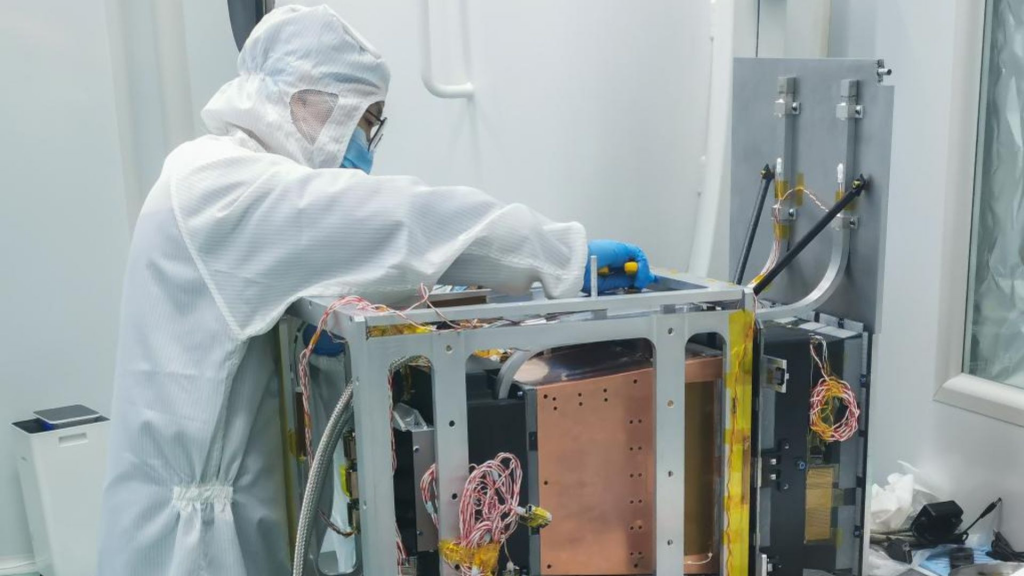
The idea was a major issue back then. However, it wasn’t practical until recently, thanks to advancements in microprocessing technology and the development of the micropore optics approach.
For ten years, Weimin’s team and experts from North Night Vision Technology, a Nanjing-based Chinese company, collaborated to develop the groundbreaking lobster-eye technology.
“The surface of the pores needs to be extremely flat and smooth, with less than one nanometre of error,” said Weimin.
Each of the 12 modules comprising the Einstein Probe’s main telescope has more than 30 million square micropores. In addition, an ultrathin layer of iridium is added to the pores, which measure 40 micrometers along the side, to increase reflectivity.
As a result, the Einstein Probe’s construction will allow the telescope to observe an area of the sky equivalent to 10,000 full moons.
Weimin’s team also created complementary metal oxide semiconductor (CMOS) sensors, which function as X-ray detectors and turn them into electric signals for digital processing.
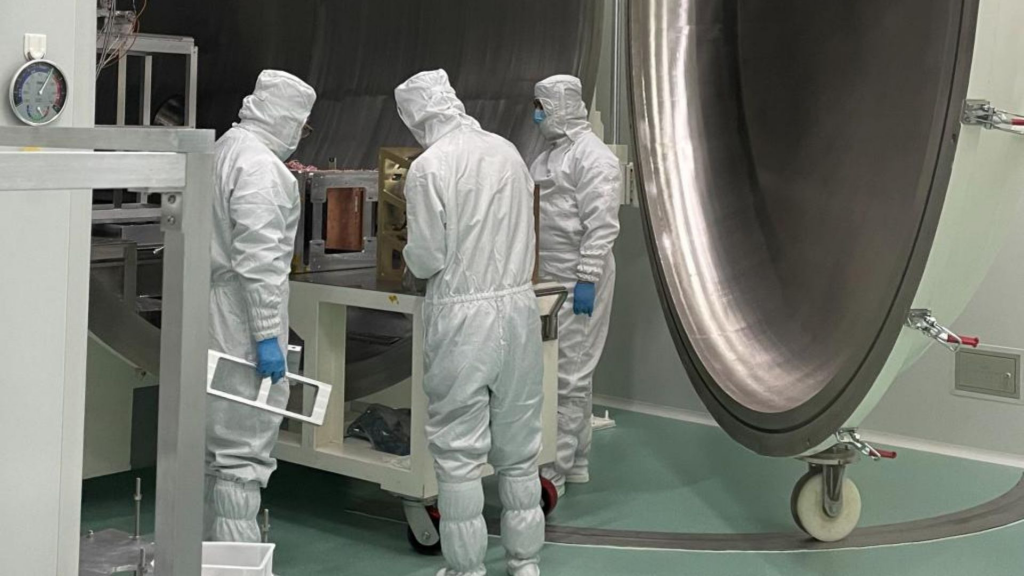
CMOS sensors are often used in camera phones, but this is “the first time they are used for X-ray detection in space,” according to Weimin. He said that these sensors are far less expensive, require less cooling, and have faster readout speeds than standard CCD (charge-coupled device) sensors.
Once in service, the Einstein Probe is expected to uncover several dim or distant high-energy celestial phenomena. For example, it is said to change studies on supermassive black holes, which are the cores of most galaxies, according to the South China Morning Post (SCMP).
In late 2023, the telescope is scheduled to launch. Despite the telescope’s three-year design lifespan, the team’s goal is five years, according to Weimin.
Moreover, he stated that researchers in Europe and other countries would have access to the data gathered during the observations.

